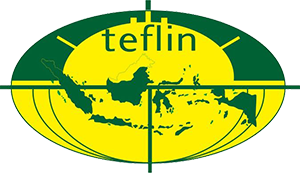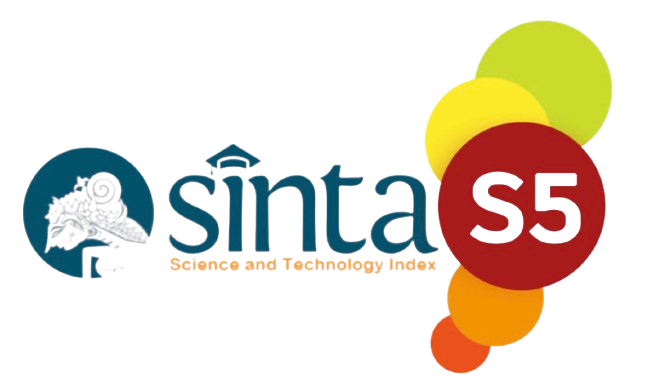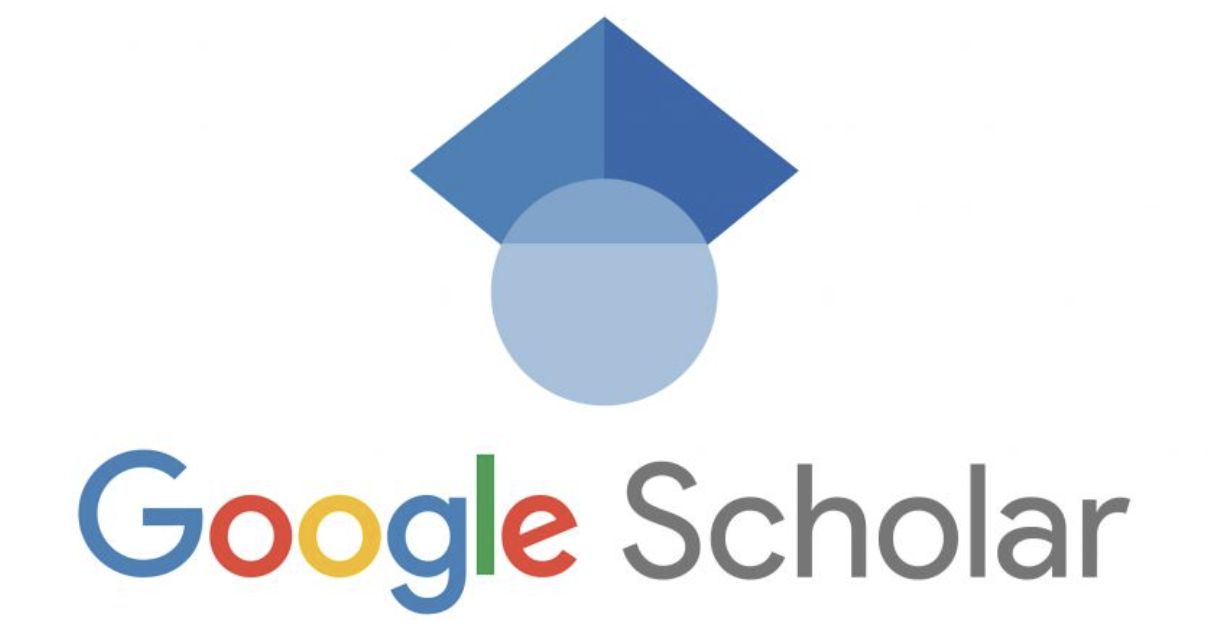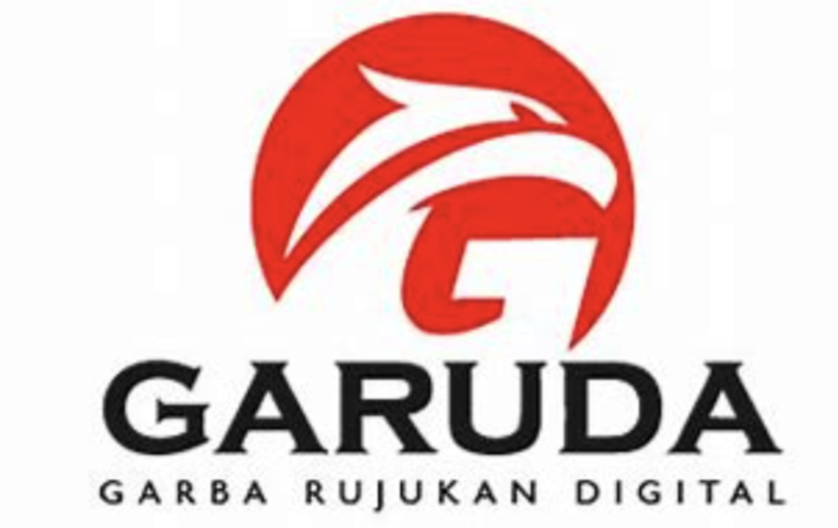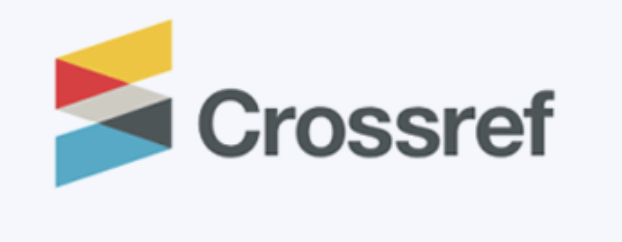The Cultural Meaning of Lexicons in “Ngusaba Bukakak” Ritual in Giri Emas Village
DOI:
https://doi.org/10.52217/kgftxd04Keywords:
Cultural Meaning, Giri Emas Village, Lexicons, Ngusaba BukakakAbstract
One of the endangered traditions in Indonesia is the Ngusaba Bukakak ritual in Giri Emas Village, North Bali, which is a biennial agricultural ceremony dedicated to Dewi Sri, the goddess of fertility. Therefore, this study focuses on the identification, description, and interpretation of the lexicon used in the ritual to reveal its cultural meaning and contribution to Balinese identity. Data were collected through participant observation, in-depth interviews with ritual experts, and document analysis using a qualitative design framed by linguistic ethnography. Informants were selected using snowball sampling, which included the Traditional Village Head, Village Stakeholders, and Banten Serati, who had in-depth knowledge of ritual language. With triangulation ensuring data validity, the analysis followed Miles and Huberman's interactive model. The results of this study revealed that there are seventy lexicons spread across twelve stages of the ritual, including offerings, sacred objects, ritual actions, dances, and spiritual processions. These lexicons embody philosophical principles such as Tri Hita Karana which expresses harmony with God, society, and nature. This study concludes that the ritual lexicon functions as a linguistic element and as a cultural carrier that maintains Balinese identity, where its preservation is important for cultural sustainability, intergenerational transmission, and the protection of intangible heritage.
References
Abdullah, W. (2016). Ethnoliguistic Study of Local Wisdom in Ex-Residency of Surakarta. Humaniora. https://journal.ugm.ac.id/jurnal-humaniora/article/view/22279/14974
Andini, N. K. S., Budasi, I. G., & Agustini, D. A. E. (2023). Lexicons in Nelayan Dance Movements. IJOEEL: International Journal of English Education and Linguistics. https://doi.org/https://doi.org/10.33650/ijoeel.v5i1.5382
Aridana, I. K. J., Budasi, I. G., & Ramendra, D. P. (2024). A Study on Lexicons Used in Metajen Tradition in Sukadana Village, Karangasem Regency. Acitya: Journal of Teaching and Education, 6(1). https://doi.org/10.30650/ajte.vxix.xxxx
Budasi, I. G., Satyawati, M. S., & Anggayana, W. A. (2021). The Status of Lexicon Used in Tabuh Rah Ritual in Menyali Village North Bali: An Ethnolinguistic Study. Kasetsart Journal of Social Sciences, 42(4), 960–967. https://doi.org/10.34044/j.kjss.2021.42.4.33
Budasi, I. G., & Suryasa, I. W. (2021). The cultural view of North Bali community towards Ngidih marriage reflected from its lexicons. Journal of Language and Linguistic Studies, 17(3), 1484–1497. https://doi.org/10.52462/jlls.107
Budasi, I. G., Suwindia, I. G., Sedana, M., & Ana, I. K. T. A. (2023). Male Versus Female Understanding of the Endangered Lexicon of Tabuh Rah Ritual. Academy Publication. https://doi.org/https://doi.org/10.17507/tpls.1311.11
Cohn, A. C., & Ravindranath, M. (2014). Local Languages in Indonesia: Language Maintenance Or Language Shift? Linguistik Indonesia Agustus, ke(2), 215–4846. https://doi.org/https://doi.org/10.26499/li.v32i2.22
Dewi, A. A. I. M. D. U., Budasi, I. G., & Suarnajaya, I. W. (2020). Lexicons in Legong Keraton Dance. Lingua Scientia. https://doi.org/https://doi.org/10.23887/ls.v27i2.26422
Erawati, N. K. R., Laksmi, N. K. P. A., & Suparwa, I. N. (2023). The Historical Dynamics of the Archaistic Lexicon in Modern Balinese Languages. Journal of Language Teaching and Research, 14(1), 172–180. https://doi.org/10.17507/jltr.1401.18
Gombo, M. (2024). Application of Tri Hita Karana (THK) in Harmonizing the Culture of the Hubula Community in Balim Valley. Print) Journal of English Language and Education, 9, 2024. https://doi.org/10.31004/jele.v9i5.580
Justiasta, I. G. (2015). Tradisi Ngusaba Bukakak Di Desa Giri Emas, Sawan, Buleleng, Bali: Dan Potensinya Sebagai Sumber Pembelajaran IPS Di SMP. Jurnal Pembelajaran Sejarah & Umum. https://www.e-jurnal.com/2015/10/tradisi-ngusaba-bukakak-di-desa-giri.html
Lestarina, D. A. (2018). Nilai Budaya dalam Leksikon Tuturan Tradisi Pernikahan Komunitas Sedulur Sikep di Kabupaten Kudus (Sebuah Kajian Antropolinguistik). Semantic Scholar. https://www.semanticscholar.org/paper/NILAI-BUDAYA-DALAM-LEKSIKON-TUTURAN-TRADISI-SEDULUR-Dian/3da805c9e554017a44c819ebbbd04268cd379e04
Lihawa, K. (2012). Leksikon dan Nilai Kuture Suwawa-Gorontalo dalam Ritual Momeqati. Bahasa Dan Seni. https://www.academia.edu/85406749/Leksikon_Dan_Nilai_Kultur_Suwawa_Gorontalo_Dalam_Ritual_Momeqati
Miles, M. B., & Huberman, A. M. (1994). Qualitative Data Analysis: An Expanded Sourcebook. Sage Publications.
Milla, D., Suja, W., Bagus, I., & Astawa, M. (2024). Analysis of the Implementation of Tri Hita Karana in the Grave Stone-Pulling Ritual on Sumba Island. International Journal of Advanced Technology and Social Sciences (IJATSS), 2(12), 1887–1896. https://doi.org/10.59890/ijatss.v2i12.41
Nissan, E. (2017). The Lexicon, Philosophers, and the Challenge of Translation: Between Language and the History of Ideas. Philology, 1(1), 215–280. https://doi.org/10.3726/78000_215
Pandani, A., Patriantoro, & Syahrani, A. (2022). Leksikon Benda Budaya Masyarakat Dayak Jalai. Academia. https://www.academia.edu/106935147/Leksikon_Benda_Budaya_Masyarakat_Dayak_Jalai
Pradhana, N. I., & Simpen, I. W. (2012). The Lexicon of Yarn As A Representation of Divine Values In Balinese Culture: An Ecolingustic Study. Academia. https://doi.org/10.5281/zenodo.7472626
Purna, I. M. (2019). Nilai Kesuburan Tradisi Bukakak Di Desa Pakraman Sangsit Dangin Yeh, Sawan, Buleleng. Forum Arkeologi. https://doi.org/10.24832/fa.v32i1.543
Putra, P. A. P. D., Budasi, I. G., & Ramendra, D. P. (2023). Lexicon of Costumes In The Rangda Dance. JALL (Journal of Applied Linguistics and Literacy, 7(1), 2023. https://jurnal.unigal.ac.id/index.php/jall/index
Samarin, W. J. (1967). Field Linguistics: A Guide to Linguistic Field Work. Cambridge University. https://doi.org/https://doi.org/10.2307/2798792
Semana, I. L., & Menggo, S. (2022). Personal Pronouns It as Politeness Marker in Manggarai Language And Culture, Indonesia. EduLite: Journal of English Education, Literature and Culture, 7(2), 356. https://doi.org/10.30659/e.7.2.356-372
Stibbe, A. (2015). Ecolinguistics: Language, Ecology and the Stories We Live by. Researchgate. https://doi.org/10.4324/9780367855512
Sudika, I. W. (2019). Upacara Ngusaba Bukakak: Kontestasi Masyarakat Dan Daya Tarik Wisata. Maha Widya Duta: Jurnal Penerangan Agama, Pariwisata Budaya, Dan Ilmu Komunikasi. https://doi.org/https://doi.org/10.55115/duta.v3i1.686
Sukarma, I. W. (2016). Tri Hita Karana Theoretical Basic of Moral Hindu. International Journal of Linguistics, Literature and Culture. https://sloap.org/journals/index.php/ijllc/article/view/122
Sutama, P., & Luardini, M. A. (2021). The Historicity of The New Bali Lexicon and Formation Projection of Unda-Usuk Bahasa.
Suwirya, I. K., Yasa, W. S., & Dharmika, I. B. (2022). The Existence of Ngusaba Bukakak Tradition in modern era. International Journal of Social Sciences, 5(4), 296–302. https://doi.org/10.21744/ijss.v5n4.2021
Wahyudi, N. (2017, October 29). Language Agency Identifies 652 Regional Languages. Tempo.Com. https://en.tempo.co/read/912734/language-agency-identifies-652-regional-languages
Widanti, N. P. T. (2022). Implementation of Verbal Linguistics Analysis Development in Ecolexicon and Ecoteks at Bale Sangkep, Green School Bali. International Journal Publishing INFLUENCE: International Journal of Science Review, 4(1), 2022. https://influence-journal.com/index.php/influence/index192







